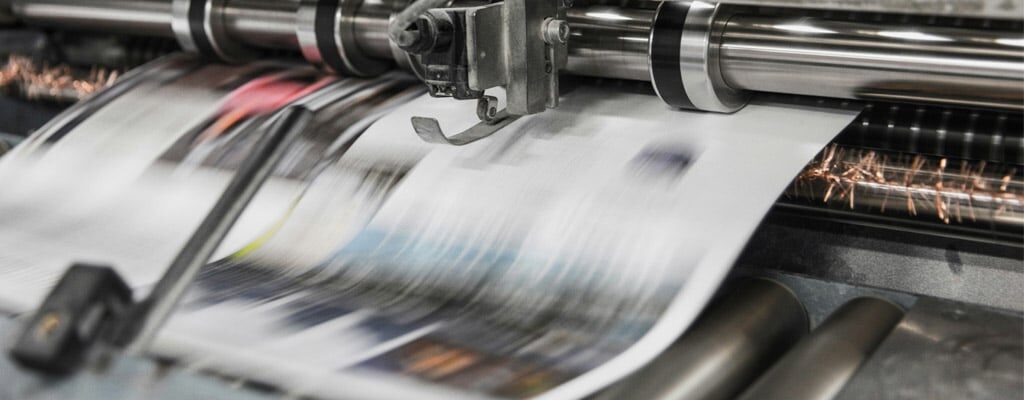How To Calculate Printing Cost Per Page (Accurately)
Contents
Printers, scanners, and copiers cost more than their up-front price tag initially suggests. Not only do they need ink, toner, and paper to function, you also have the maintenance and printing cost per page to factor in.
However, forecasting the cost of print processes isn’t always easy. Most organizations don’t even try, and end up spending a sizable percentage of their revenue simply covering employee prints. Without a clear print policy in place, it’s tremendously difficult to control printing in an office environment.
In order to control printing and implement a clear print policy, you need to know how to forecast the cost of print processes in the first place. It seems almost paradoxical – but there is a way to accurately calculate costs per page so that you can take control of print costs and enforce a clear print policy.
Projecting Costs Based on Manufacturer Data
If you are considering the purchase of a new printer and want to get a rough estimate on how much it costs to print with, you can use publicly available manufacturer data to do so. The result may not give you the most accurate figure, but it is a ballpark average that will give you the information you need to choose between different printer models.
First, find out how much you will have to spend on a single ink or toner cartridge for the printer in question. Original manufacturer cartridges cost more than remanufactured ones, so be sure to factor in the price of the exact cartridge you plan on purchasing for that specific printer.
Now, divide the price of the cartridge by the number of pages that printer can print with a single cartridge. This is where manufacturer optimism can skew results – most manufacturers call 5% coverage a fully printed page, whereas a full page of text covers almost double that figure.
Nonetheless, you can use this method to price out the cost of ownership of various printer options. This will let you choose the one with optimal ongoing costs for your needs. Once you do that, you will want to calculate its cost per page far more accurately.
Calculate Printing Costs Per Page With Software
Once you purchase a printer and start using it, calculating the cost per page becomes significantly easier. You no longer have to use rough estimates to gauge printing costs – you can actually pull real-world data from your own employees’ print habits and see what the results are.
In order to do this, you need to implement print monitoring software like PaperCut. This software assesses your print environment and tracks individual users’ print usage, while delivering real-time statistics to office management.
Once you have partitioned your workforce into individual users and departments based on print usage, you can start to draw conclusions on the data you receive. This period of silent monitoring can last anywhere between a week to a few months – however long it takes to get accurate averages and pinpoint your biggest print users.
When you have enough data to identify your biggest print users, you can accurately calculate your cost per page by individual user and department. Furthermore, you can use PaperCut to forecast how setting user quotas may affect your office’s overall cost per page calculation.
From there, you can optimize your print assets and further enhance print capabilities by incorporating mobile devices into your print network. You can assess opportunities to reduce your most costly print processes while streamlining high-volume, low-impact workflows for further cost savings.
How to Lower Printing Cost Per Page
Once you know the average printing cost per page of your office, you can develop and implement policies for reducing waste and inefficiency. One of the most effective ways to do this is by addressing individual users’ print preferences and settings.
- Set Rules for Color Printing. Only employees who need to print color documents should have access to color printing.
- Set Print Quality DPI. What is DPI? It’s the resolution of printed images – higher DPI means more print resources used per page. A DPI of 72 is sufficient for text. Color documents with imagery should have a DPI of at least 300.
- Print Duplex. Unless a document absolutely needs to be printed on a one-sided sheet of paper, it should be a dual-sided print.
Professional Managed Print Services
One of the most effective ways to reduce overall print costs is entrusting your company’s print processes to a reputable managed print services provider. Kelley Create can help you calculate cost per page for your office and identify valuable opportunities to reduce printing costs and improve print quality.
It’s time to take control of your print processes. Have one of our experts perform a print audit to find out how much you’re spending per page.



